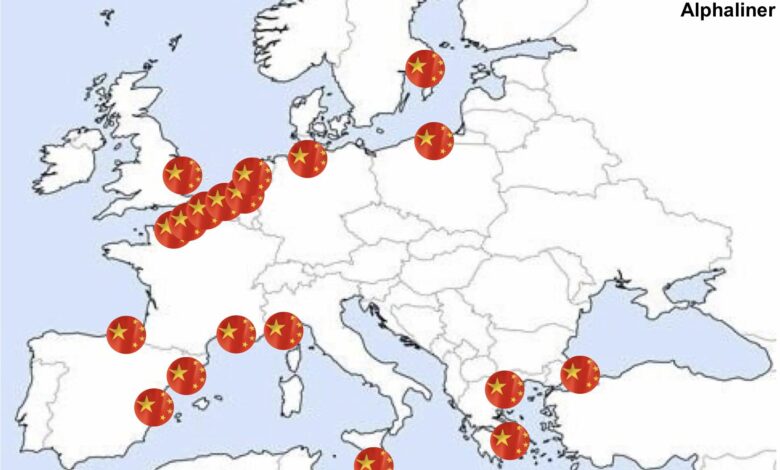Ancora Advisors (some info here), an activist hedge fund with over 300 high-wealth customers, is suggesting 7 new board members for the Class I rail Norfolk Southern (NS). You may remember NS as the victim of the giant train wreck in New Palestine, OH, which released a lot of fumes; it has been criticized for having too few workers to perform required preventative inspections. Ancora also has suggestions for a new COO who is a disciple of Hunter Harrison, who implemented precision scheduled railroading.
Regulators also are suspicious of the idea. They fear that Ancora is more interested in short-term profit and will drive railroad operations back into a philosophy of cost savings rather than a culture of safety.
I looked a bit at the Ancora staff and CEO. I don’t see folks who seem like rabid cost-cutters. I do see people who might feel that NS’s current management has not done enough to address the operational problems that have recently come up, both in the safety line and in operational effectiveness in meeting customer requirements.
That too is a concern of regulators, though it’s a bit muted. Reciprocal switching is also being discussed now, and the rails are not enthusiastic about a change towards this practice, even though it would be consistent with a common carrier’s role, and would increase competition for customers.
We will watch closely to see how the boardroom battle continues.

By Ian Putzger in Toronto 28/02/2024
Boardroom battle at Norfolk Southern heats up as rail regulators weigh in



